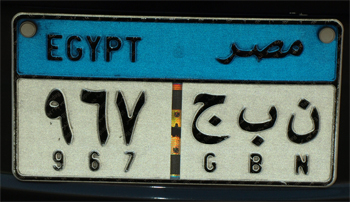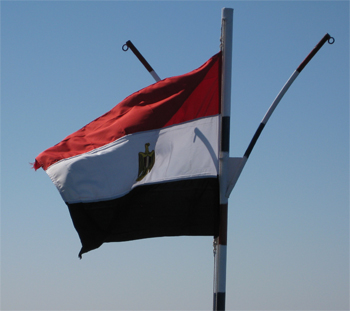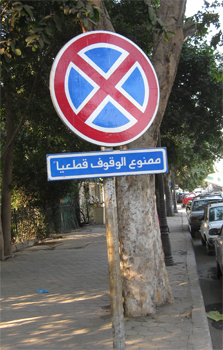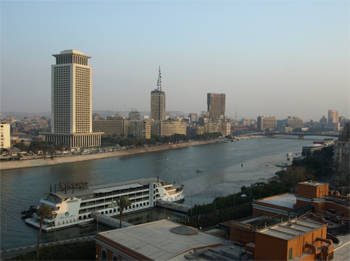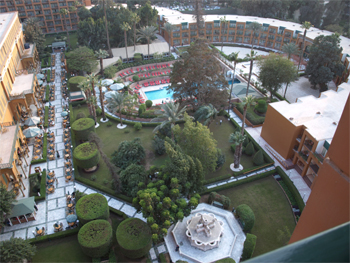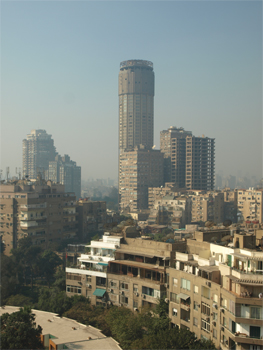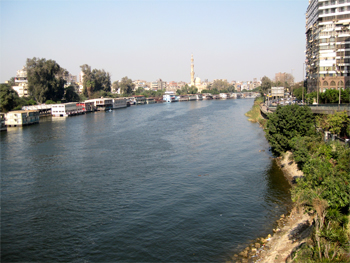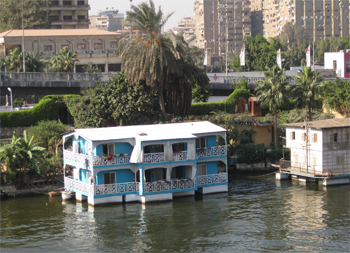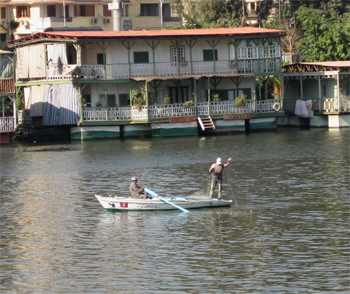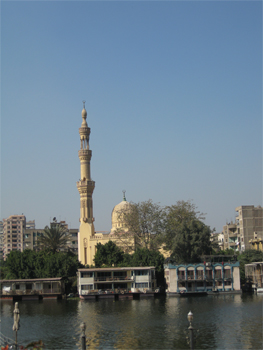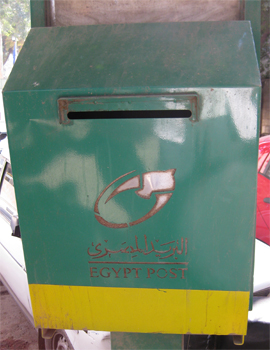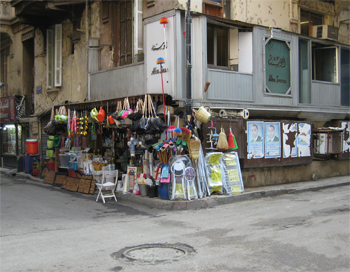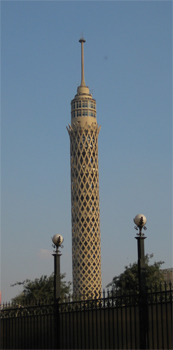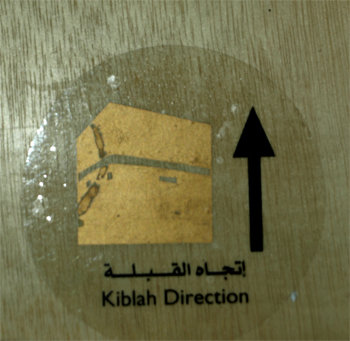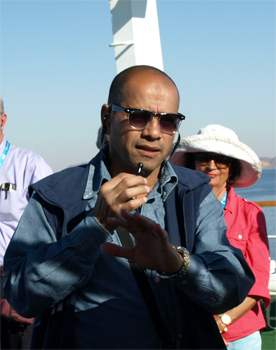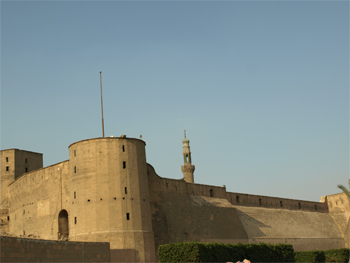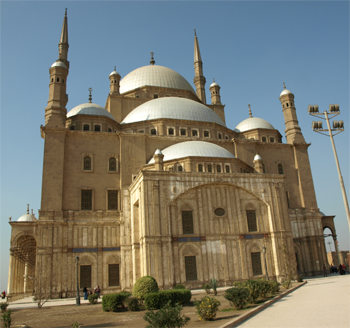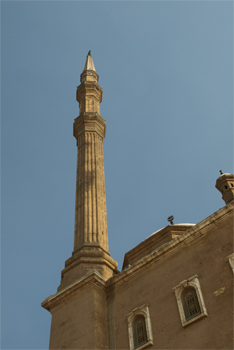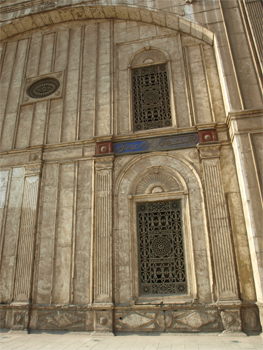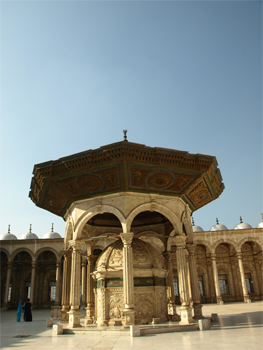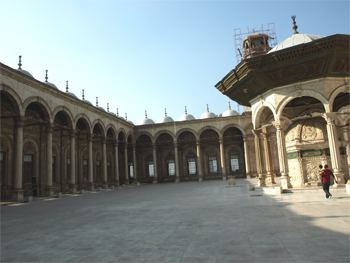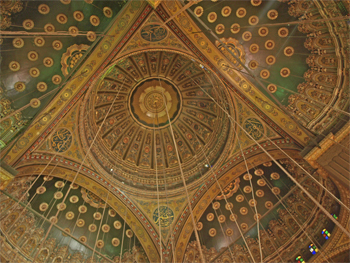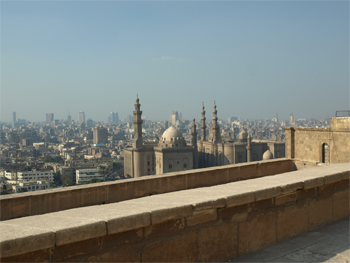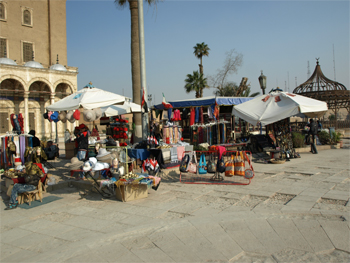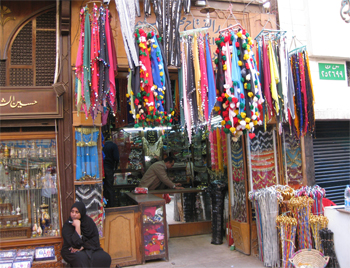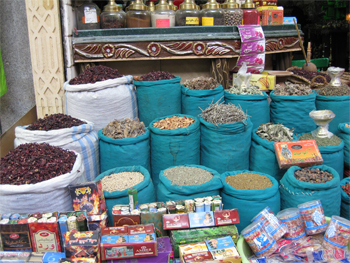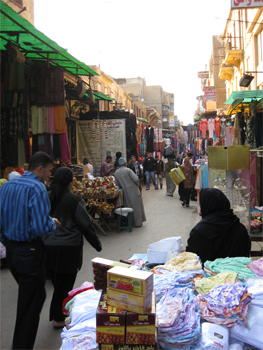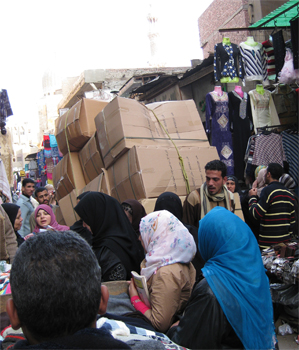On January 19 we left for our back-to-back tours of Egypt and Morocco. We have yet to travel to places which have so many ways to spell and name everything! In Egypt all the Gods and Goddesses (for whom many things are named) not only have multiple spellings for their names, but multiple names for the same people. It is indeed confusing and results from the age of things, the multiple conquerors - each of whom had a different language, name, and spelling for everything - and the problems of translation. I have tried to keep things consistent but if you then go to one of the web links you will see different names/spellings.
Web information for Egypt is endless. I have provided some web links for anyone who is interested in further information. You can certainly "Google" anything you are interested in and usually get back more links than you can look at.
Please Note: If you go to a web link provided from within this site, you will need to use your BACK button to return here. If you are referred to a Looklex site, you may have to use your history list to get back.
The trip pictures and descriptions are organized so that by using the itinerary links below you may look at the whole trip or any of the parts separately.
There's lots here. It was such a "photogenic" trip that it was really difficult to select representative pictures.
Please enjoy - we surely did!!
Jewels of Egypt, the Nile, and Lake Nasser
Wed., 1/19/11 - Estes Park to Frankfurt, Germany
It was snowing this morning in Estes Park, so we left for the airport earlier than planned. The roads were okay and the snow stopped by mid-day. It snowed again at the airport before we got on our plane. It took almost an hour to have the plane de-iced and then we began our 9 hours in the air to Frankfurt. It was a smooth flight on a new Lufthansa Airbus.
Thurs., 1/20/11 - Frankfurt to Cairo, Egypt
The Lufthansa flight to Cairo was also smooth. When we landed and got our luggage we were able to hook up with a Uniworld tour guide who let us join his shuttle ride to our hotel, the Cairo Marriott on Zamalek Island in the Nile.
Egyptian license plate |
Flag of Egypt
|
Street sign
|
The Arabic language defeated us. I think we came home after 5 weeks knowing only three words of the language - la = no; shokran = thank you; inshallah = God willing
|
View of the Nile from our hotel room
|
The red brick building at the left end of the bridge is the Cairo Museum |
Hotel grounds - the Cairo Marriott Hotel is built around the Gezirah Palace that was built for Empress Eugenie of France when she attended the opening of the Suez Canal in 1869. It is a palatial building which houses the hotel lobby, ten restaurants/cafes, shops, and a large garden area with outdoor restaurant, pool, fountains, and gardens. The two residence towers bookend the elaborate palace.
|
Grounds and pool |
Another view of Cairo
|
El Gezirah sporting club (seen from the hotel) |
This morning we slept until 7:30 AM and got adjusted to the 9-hour time difference here in Egypt.
We took a 2-hour walk around the north end of Zamalek. There were small shops, noisy crowded streets, lots of taxis honking at us to see if we wanted a ride, and then many of the world's embassies with armed guards in little guard boxes spaced around the outer walls.
Houseboats on the Nile
|
|
We walked up the west side of the island along the Nile and back on the east side. There was a row of 2-story house boats, several fishermen (with hand lines and nets) in narrow rowboats, some floating restaurants and tour boats. We had to be careful where we put our feet - the sidewalks were pavers and often uneven or missing, lots of doggydoo, litter and dirt, and many cars parked on the sidewalks.
|
|
Fishing on the Nile |
Minaret and mosque
|
Nile City Tower
|
Water taxi and fishermen |
Egyptian post box
|
Corner store |
After a lunch, we walked south to look at the Cairo Tower. There were several old Nile riverboats anchored along the bank that have been converted into floating restaurants and clubs. We walked past several landscaped gardens, a horse riders’ club, a golf course, a PE institute for girls, and a huge African Football club with lit stadium, practice fields, and an outdoor area where boys and girls were being instructed in basketball skills. The guard at the gate would not allow us to take any pictures of the kids – interesting.
Cairo Tower
|
Cairo Tower |
Faculty of Physical Education for Girls at Helwan University |
Street scene
|
|
In one of the drawers in every hotel room we were in in both Egypt and Morocco there is a sign indicating the direction of Mecca. |
We ate dinner tonight at Maison Thomas (pasta and pizza) that is more or less across from our hotel. We had an Egyptian version of pizza. It was pretty good.
Today was a long, long day. We boarded our motor coach with 32 other travelers after doing some paper work and meeting our "local Uniworld representative" Ehab, and our tour director/Egyptologist, Mohamed A. Aal. Our first stop was at the Egyptian Museum of Antiquities. What an absolutely amazing place that is. The museum is two floors with a basement (off limits to tourists and stuffed from floor to ceiling) and covers six acres. It is old, the display cases are wood and glass boxes with little padlocks and the identification signs are typewriter written. A new museum is in the plans and will be five floors and cover 160 acres with modern displays and new organization – all badly needed.
Mohamed
|
Mohamed led us around for nearly four hours talking non-stop and explaining all kinds of things. We feel lucky to have him as our guide. His English is almost perfect, he is passionate about his country and its history, and puts his information in a very logical order.
|
It is impossible to describe all that we saw in the Egyptian Museum. In four hours we might have seen one percent of the collection. The items have come from the tombs and temples throughout Egypt, some of which we will see in the coming days. We looked at sarcophagi, statues of pharaohs and gods, elaborate jewelry, canopic funerary jars, mummies, coffins, chariots, boats, armor and weapons, textiles, and many, many other items as old as 6,000 BC. It is also hard to imagine how many relics of perhaps even greater beauty have been taken out of Egypt to be housed in other national and private museums. You can’t even imagine how much stuff there would be if most of the grave sites had not been looted over the several thousand years of their existence.
The special section containing items from King Tut's tomb was a highlight. He was buried inside four nested, gilded shrines, a red quartzite sarcophagus, and three coffins: the first two of wood and covered in gold foil, and the third, containing his mummy, of solid gold. His funeral mask and three coffins were on display. Some of his jewelry and personal items made it seem like we were seeing back into history.
It was easy to see why visitors are not allowed to take pictures - not even carry cell phones. The masses of people looking for the perfect shot would make it impossible to move through and see the exhibits to say nothing of what bright lights would do to the antiquities. Therefore, unfortunately, we have no photos to share with you. It was a mind-blowing experience.
We grabbed a hot dog in the outdoor cafe before re-boarding the bus. The next stop was at the Citadel of Salah El Din on the eastern hillside cliff of Cairo. Inside the old fortification is the Alabaster Mosque of Mohammed Ali. It was built during the Ottoman occupation and is styled like the Turkish mosques - one large dome surrounded by four half domes supported by four interior columns.
Mosque of Mohamed Ali at the Citadel of Salah al-Din
|
Citadel of Salah al-Din |
Mosque of Mohamed Ali |
Mosque of Mohamed Ali - minaret
|
Mosque of Mohamed Ali - facade
|
Ablution fountain in the courtyard |
Courtyard
|
We took off our shoes and walked inside. The carpets were worn and dirty - very unlike the mosques we entered in Turkey. The ugly clock tower on the wall and the central chandelier in the mosque were given to Ali by France in trade for the obelisk which now occupies the center place in the Place de la Concorde in Paris. The clock only kept time for two weeks. It was a poor trade for Egypt.
|
Mosque interior |
Mosque interior
|
From the walls of the citadel we could look out across Cairo and even saw the pyramids of Giza through the haze.
|
Inevitable vendors |
The last stop of the day was at the wild Khan el Khalili bazaar. It was stuffed with pedestrians and merchants hawking souvenirs, spices, T-shirts, pashminas (a scarf), etc. A part of Cairo to experience but we did not stay long.
Khan el Khalili bazaar
|
Khan el Khalili bazaar |
Khan el Khalili bazaar
|
Khan el Khalili bazaar |
Khan el Khalili bazaar - lots of people
|
Khan el Khalili bazaar - look out or else! |
For dinner we returned to Maison Thomas and had their spinach lasagna (white sauce) and delicious soft fresh baguette.

